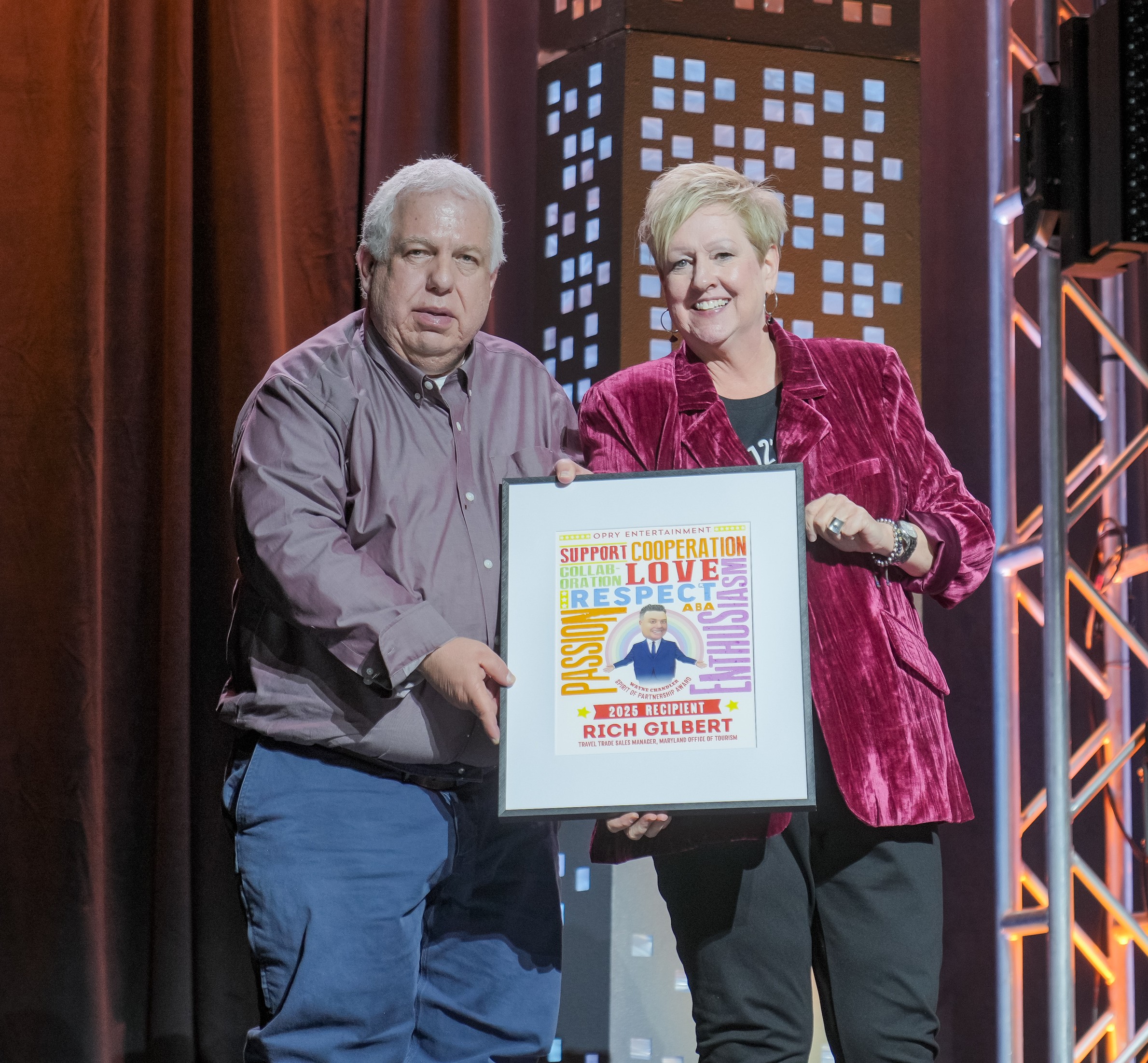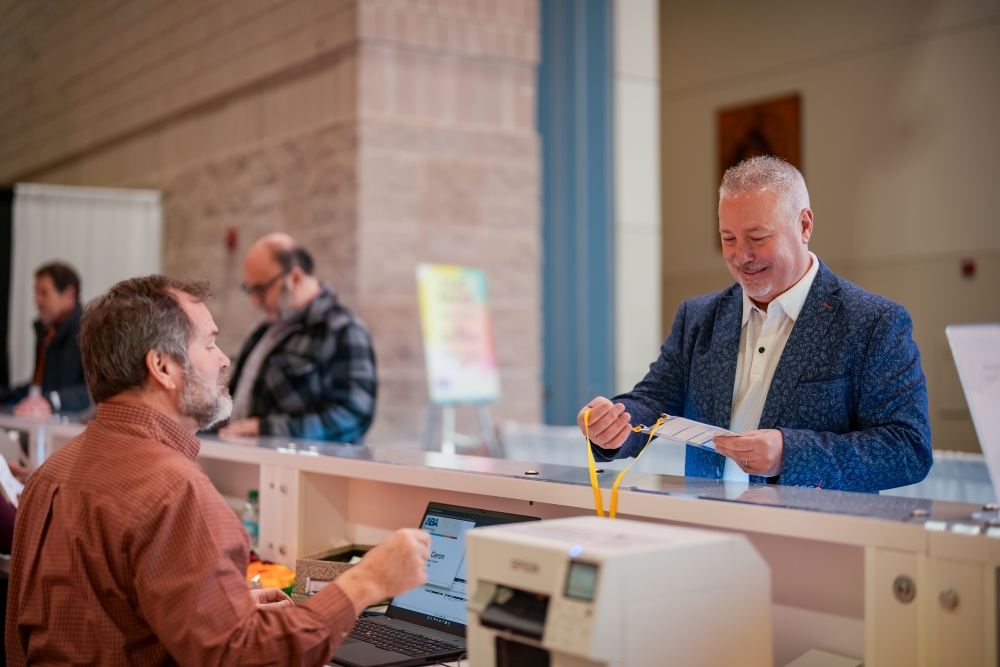Thanksgiving Travel Forecast and Beyond: More 50 plus Americans Open to Hitting the Road via Motorcoach Group Travel
ABA and AARP share insights on why more people aged 50 and older are turning to motorcoach travel to connect with family

Thanksgiving is synonymous with family gatherings, turkey dinners, pumpkin pie, and the busiest travel holiday of the year. In fact, AAA projects 81.8 million people will travel at least 50 miles from home over the Thanksgiving holiday period from Tuesday, November 25, to Monday, December 1. This year’s domestic travel forecast includes an additional 1.6 million travelers compared to last Thanksgiving, setting a new overall record.
With recent air travel challenges forcing many Americans to reexamine their Thanksgiving travel plans, motorcoach group travel has emerged as an affordable, stress-free mode of transportation – particularly for travelers aged 50+. Motorcoach travel connects families throughout the year, making it an obvious choice to bring families together for Thanksgiving when traveling by car isn’t the best option and air travel is either too expensive or too stressful for many Americans.
“I just want to stress again that people want to socially connect and relax. Travel supports mental and physical health and strengthens relationships.”
Lona Choi-Allum, Senior Research Advisor, AARP Research
ABA President & CEO Fred Ferguson hosted a timely conversation with AARP Research’s Senior Research Advisor Lona Choi-Allum, who discussed key travel insights of the 50-plus traveler from AARP Research’s 2024 study “Destination Aging: Travel Challenges Among 50-Plus Adults,” as well as how this age group contributes about $236 billion to the travel industry.
While Ferguson shared that, anecdotally, many businesses within the ABA community have built entire lines of business on the 50-and-over traveler, Choi-Allum found that there is an increased appetite for travel among adults 50 and older this year compared to the previous year.
Ferguson noted that the ABA has consistently used three terms when discussing the benefits of group travel: affordability, comfort, and community. Choi-Allum agreed, adding that spending time with family is the primary motivating factor for older adults.
In discussing whether there is any research on how much of their overall spending the 50-plus traveler allocates to tourism and recreation, Choi-Allum offered valuable insight into factors that might inhibit travel. “We asked our respondents what would prevent them from traveling this year,” said Choi-Allum. “Cost always rises to the top, but there are other things – health, weather, and financial uncertainty. We did a study called Destination Aging that looked at travel challenges adults 50-plus encounter, and mobility is the most common travel need, followed by vision and hearing challenges.”
Specifically, the AARP Research survey found that about 30 percent of 50-plus travelers say they are traveling with a disability or condition that makes travel difficult. However, if accommodations were in place, 63 percent said they would travel more.
When examining health as a factor, the motorcoach service industry adheres to ADA Compliance guidelines for motorcoach operators, including how operators should accommodate service animals and wheelchairs – both of which can be commonly used by older travelers. Today, modern motorcoaches include lifts, wider aisles, wheelchair securement systems, and audio-visual announcements as standard equipment. Passengers can book accessible seating online, and group planners now confidently advertise fully accessible itineraries. Many operators even share stories of passengers taking their first motorcoach trip in decades thanks to a lift-equipped coach. While ABA membership includes bus operators, destinations, hotels, and attractions, Choi-Allum shared, “I do think that group travel is probably underutilized and that awareness of organized group travel is limited, but interest rises when travelers learn more about it.”




